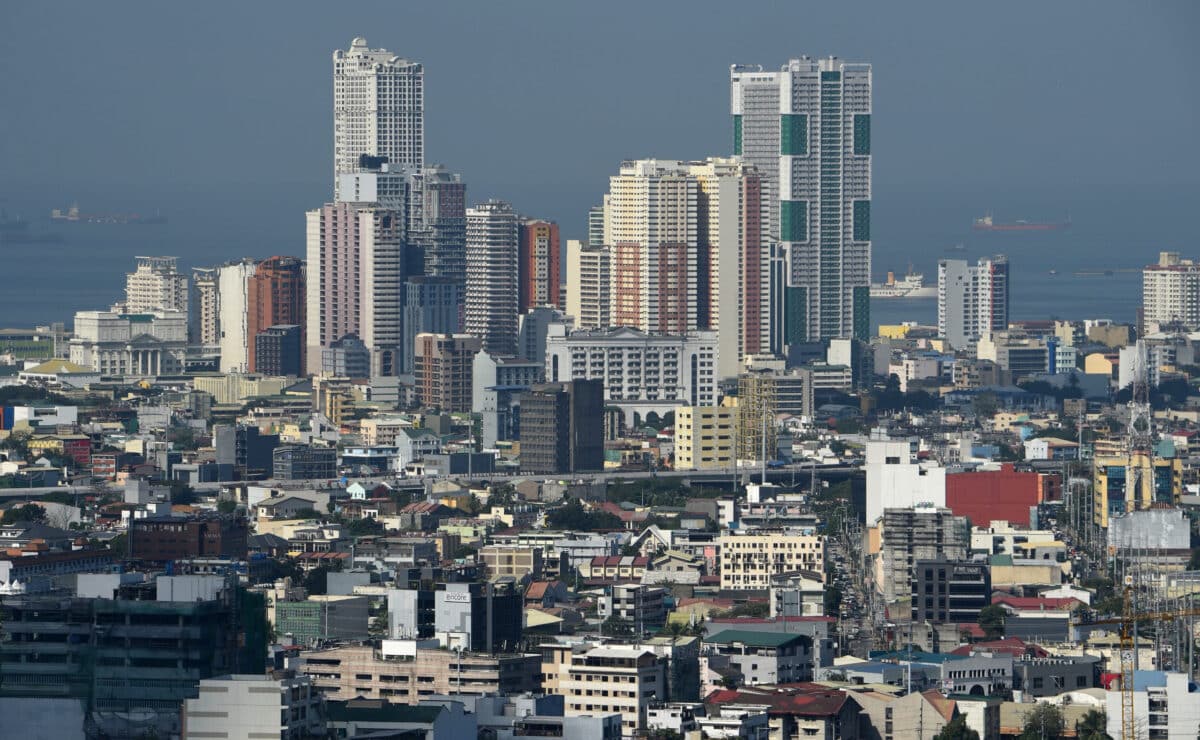Resilience in real estate markets seen amid volatilities

(AFP)
Cushman & Wakefield said the Asia Pacific region enters 2025 with marked resilience despite volatilities from significant U.S. policy shifts—particularly in trade, tariffs and deregulation.
In its latest research entitled “Trump 2.0 The First 100 Days–Implications for the APAC Economy & Property Markets”, Cushman & Wakefield said the changing U.S. trade and deregulation policies have unsettled economic confidence globally, prompting businesses and investors to exercise increased caution.
“Uncertainty has been the dominant theme of the first 100 days,” Dr. Dominic Brown, head of International Research at Cushman & Wakefield, said in a statement. “While periods of heightened uncertainty typically dampen business and investment confidence, Asia Pacific’s strong fundamentals are helping to cushion the impact. Real estate markets in the region remain resilient but delays in decision-making by businesses and investors as they navigate the uncertainties are key risks in the near term.”
Cautious resilience
Locally, the Philippine property market exhibited sustained, if cautious, resilience in Q1 2025.
According to the Q1 2025 Office MarketBeat and Investment MarketBeat reports, the vacancy rate for Prime and Grade A office space in Metro Manila rose slightly to 17.3 percent, influenced by the exit of Philippine offshore gaming operators (POGOs) and subdued demand.
Despite this, demand from the expanding IT and business process management (IT-BPM) sector continues to underpin office space uptake, presenting opportunities for asset optimization targeting this resilient segment.
“In the medium term, rental rates for Prime and Grade A office spaces within the CBDs are expected to remain stable amid elevated vacancy rates. However, the substantial influx of new supply, coupled with subdued office demand due to global economic uncertainties, may exert downward pressure on rental rates for developments outside the major CBDs,” said Tetet Castro, director and head of Tenant Advisory Group at Cushman & Wakefield.
Strategic advantages
Meanwhile, residential developments, particularly in Metro Manila, are witnessing a cautious environment as foreign investors prioritize more liquid, lower risk assets amid persistent oversupply and elevated borrowing rates.
Claro Cordero, director and head of Research, Consulting & Advisory Services at Cushman & Wakefield noted that this landscape offers local investors strategic advantages, such as reduced competition and the potential to acquire undervalued assets or negotiate more favorable terms.
While the high end residential condominium segment is expected to sustain capital value appreciation, the mid-end segment faces a slower recovery tied to oversupply and limited absorption rates, said Cordero, adding that the market requires substantial inventory reduction before new project launches can be incentivized.
Distinctive trajectories
Cordero further disclosed that other real estate sectors are exhibiting distinctive trajectories.
“The retail segment, challenged by global trade friction and evolving consumer preferences, is finding opportunities in localized demand and ongoing urbanization in provincial areas. Industrial assets, particularly logistics and warehousing, are gaining favor due to robust e-commerce growth and supply chain transformation, though risks from geopolitical uncertainties and technological advancements persist. The hotel sector demonstrates encouraging momentum, driven by the revival of large-scale events and international travel, alongside sustained corporate demand,” Cordero explained.
“On a global scale, real estate investment markets demonstrate evolving trends, including the shift towards sustainable developments and digitalization within asset management. Locally, these trends present both opportunities and competitive pressures. Philippine developers and investors must strategically position themselves to cater to increasing demand for energy-efficient buildings and smart infrastructure expected to rise alongside consumer spending.” Cordero added.